1. Malabar Whistling Thrush
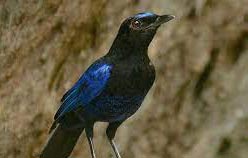
Being the most melodious songster of Satpura, Malabar Whistling Thrush also has a cousin in the foothills of the Himalayas in the Northern part of India called the Blue Whistling Thrush. Often, travelers wake up to the melody of Malabar Whistling Thrush instead of the alarm clocks. One of the lesser known facts about them is that they were once popular as cage birds with the ability to learn an entire tune.
2. Grey Jungle Fowl
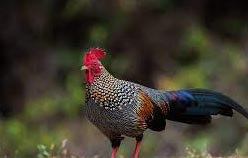
The Spectacular looking ancestral wild chicken species with bright plumage is native to India. In Southern and Western India, it is endemic to the evergreen hill forest. These shy ground-dwelling birds were once used as game birds. The Male Grey Jungle Fowls have spur whereas the females don’t. A Staccato burst of alarmed cackling is used by Grey Jungle fowl to escape predators when it has a short wing span.
3. Red Avadavat
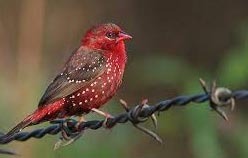
Strikingly appealing birds, Red Avadavats have bright red plumage with white spots running down their breasts. And, due to this colouration, they are also called Strawberry Finches. Just like most sparrows and finches, they are companionable birds. When they are threatened, they move their tails from side to side at a downward angle. Until the chicks hatch and are ready to leave the nest, the parent birds keep collecting the nesting material and maintain their nest.
4. River Lapwing
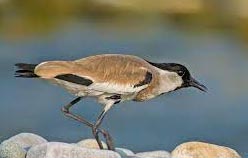
Also known as ‘Peewits’, Lapwings are characterized by their high-pitched calls which males produce during their mating season. They are exclusively seen on islands in large rivers or open swampy river margins. Their breeding display on the grounds includes spinning, stooping, stretching, and crest-raising.
5. Bar Headed Geese

Full of mystery and wonder, this creature is studied extensively having a reputation of ‘Star Migrants’. They are high flyers, keen travelers, and beloved guests to Central India and are resident breeders of the Trans Himalayan Belt and further up in Central Asia. They are capable of flying over 7 km above sea level and can go through temperatures as low as -50 degree Celsius with barely any oxygen in the air and are also speedy travelers achieving a speed of 150 km/hr.
6. Grey Headed Fish Eagle

Capable of pulling out fish twice the weight of the bird, the Grey Headed Fish Eagle is one of the strongest raptors and a true ace predator of the pristine rivers. The Satpura National Park has many nesting spots for this majestic bird as these bird species need clean waters as their habitats. Considered the keystone species, the Grey Headed Fish Eagle’s existence and role in the ecosystem are supreme. Since they are the apex predators over the wetlands, their reduction will lead to the growth of prey species, resulting in biodiversity imbalance.
7. Indian Skimmer
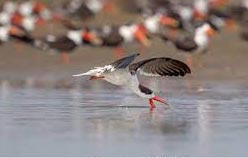
Being a rare species, there are less than 10,000 skims over the rivers of India and Pakistan giving it the status of being globally threatened by the IUCN. They are known for their incredible flight patterns, mobility, and skimming over water surfaces. Their features include the beak which is really interestingand the upper mandible is remarkably shorter than the lower mandible with the lower mandible being flexible and resembling a knife.
8. Golden Fronted Leafbird
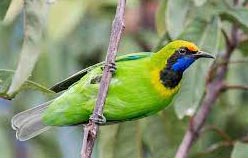
Resembling the colour and shape of a leaf, Golden Fronted Leafbird is among the 4 leafbird species in India. They are mostly insectivore but also feed on flower nectar and berries. To confuse their predators and in extreme stress or while feeling threatened, these birds lose their bright green colored feathers.
9. Savanna Nightjar

During the night when the forest is completely gloomy, these nocturnal creatures master of camouflage rule the skies. They are also known as nightjars for the jarring sound they make at night and are predominantly found near the rocky outcrops of scrublands and open woodlands.
10. Eurasian Wryneck
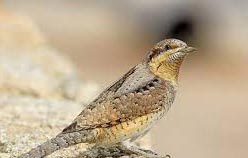
These are one of the strangest birds that migrate down to India during the winter belonging to the woodpecker family. The Eurasian Wryneck bird got its name because of its ability to turn their necks in all directions in different situations. Usually, they breed in the Himalayas but during winters they migrate down to Southern India. Furthermore, the Wrynecks get very aggressive in nature whenever they are threatened at their nesting sight.



